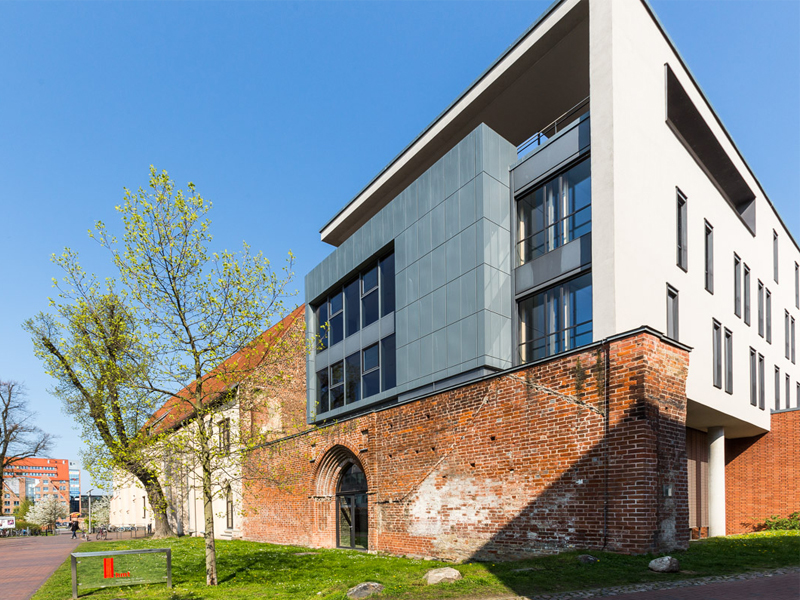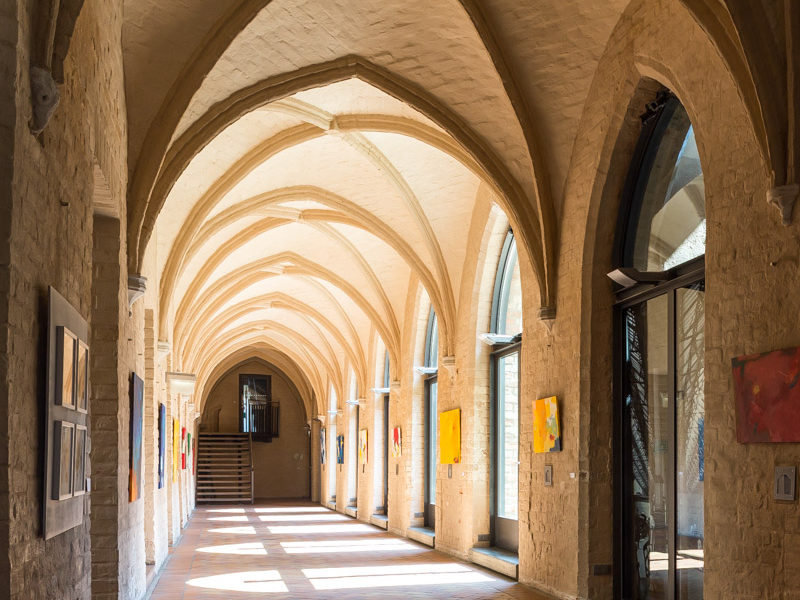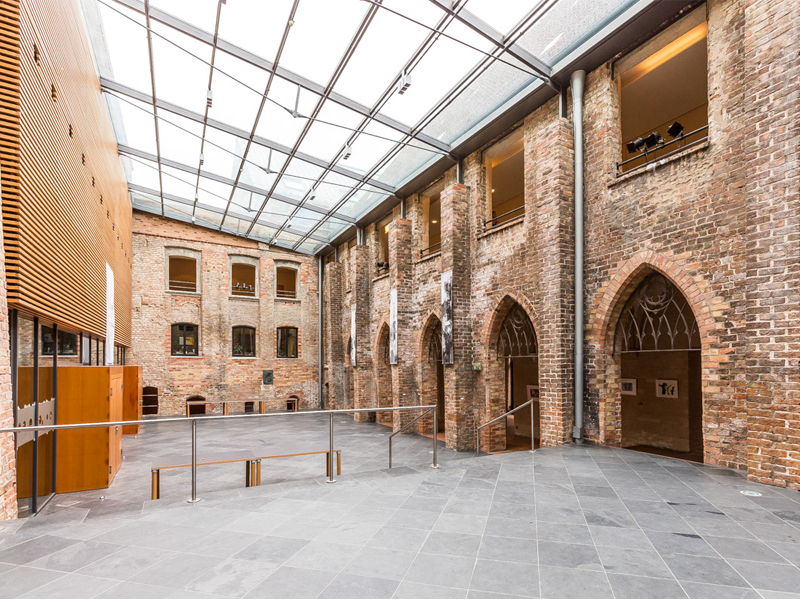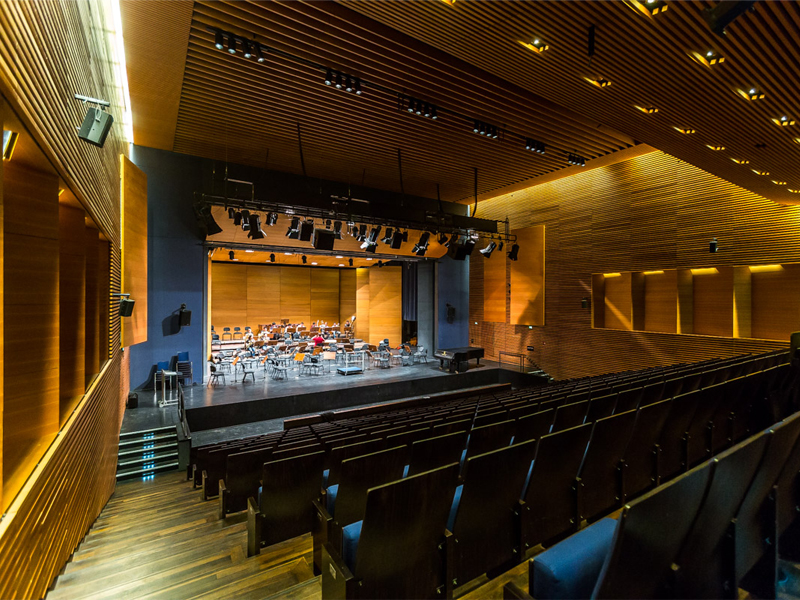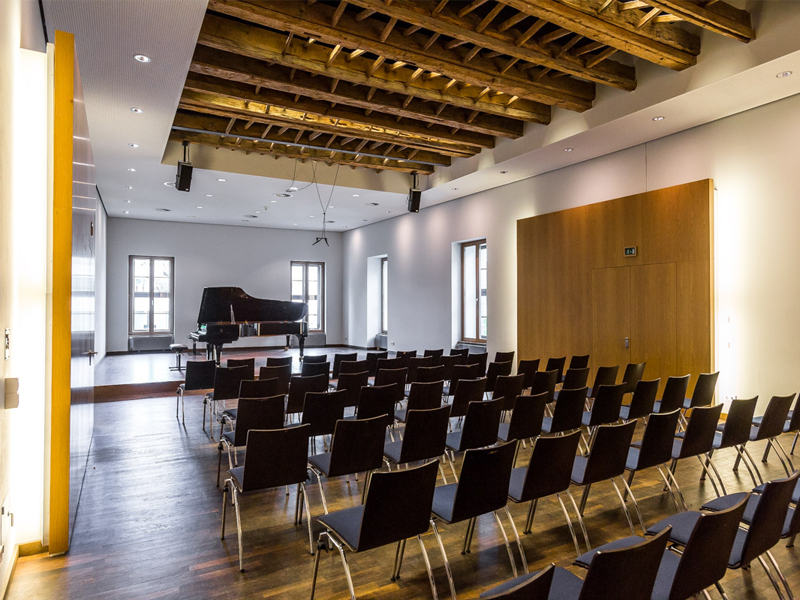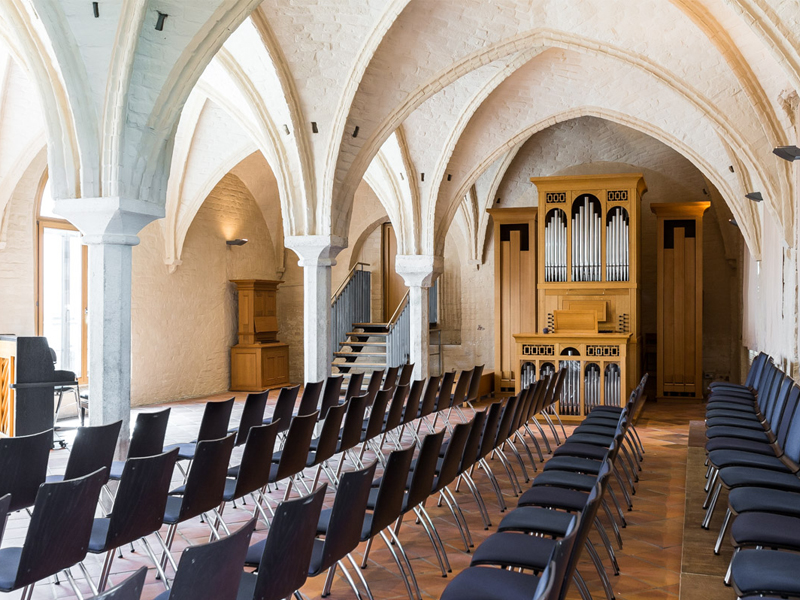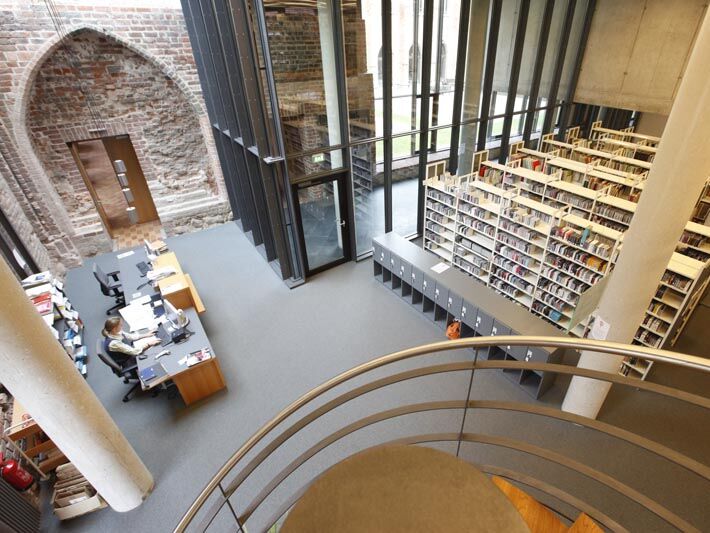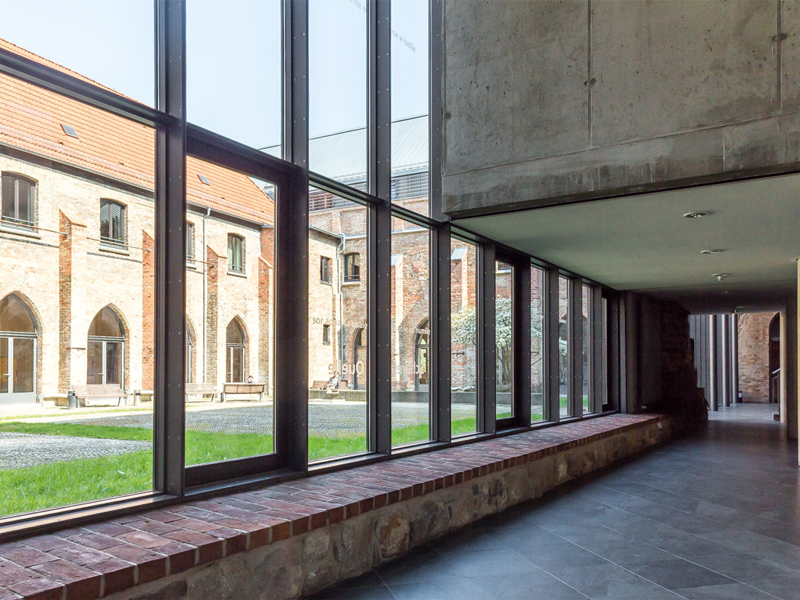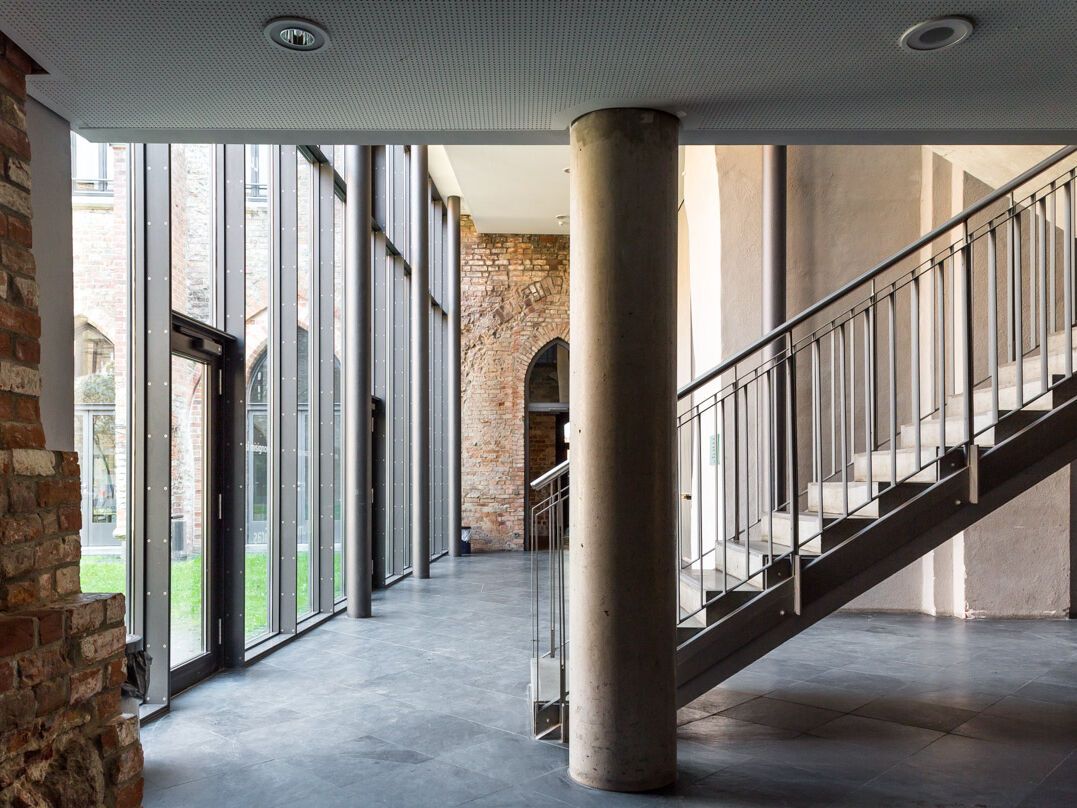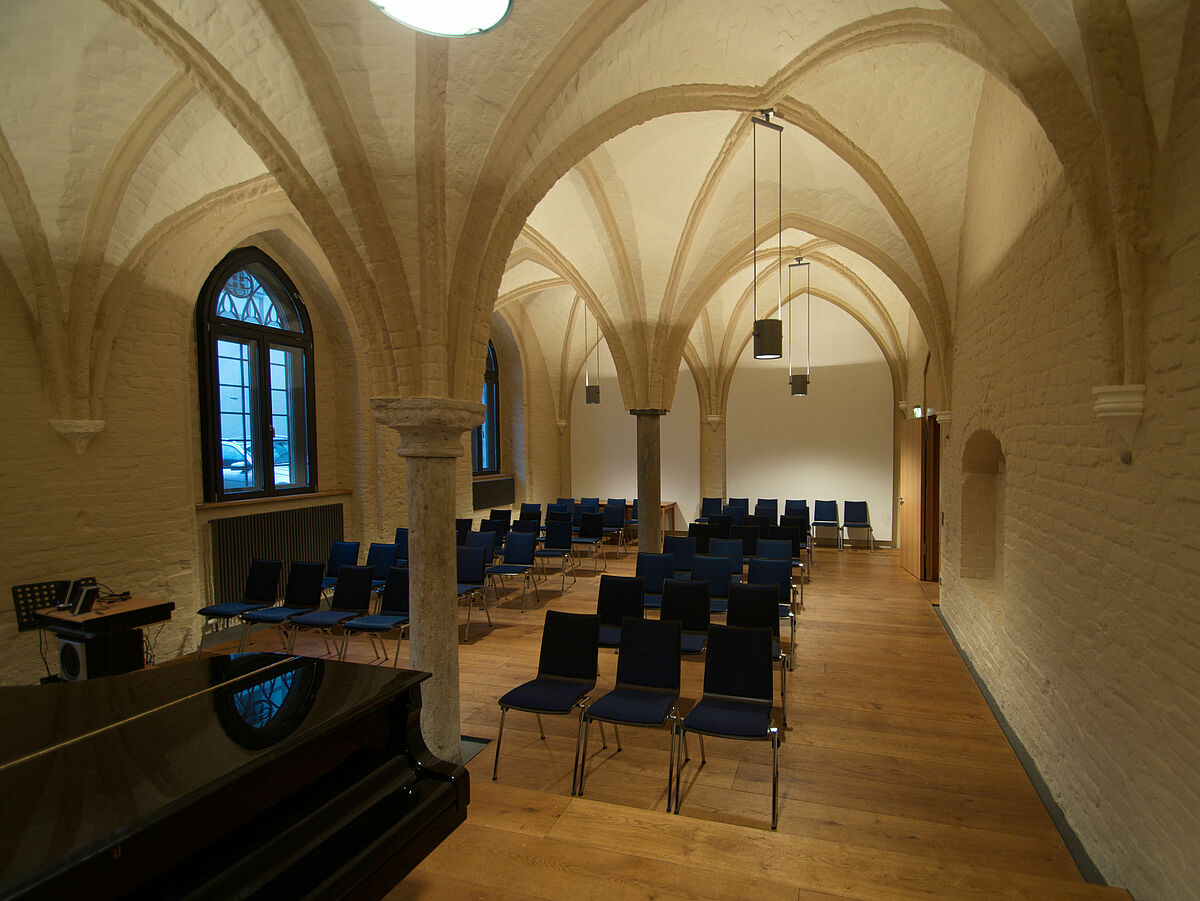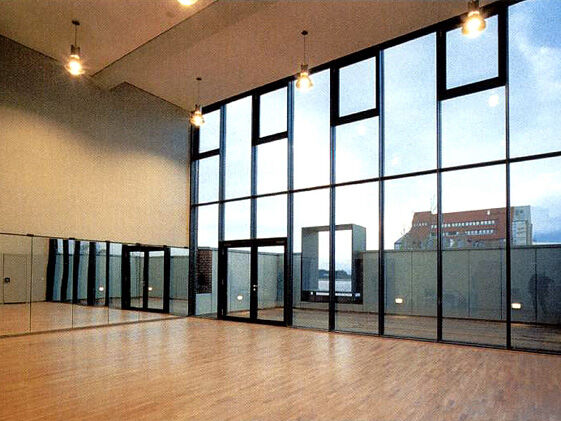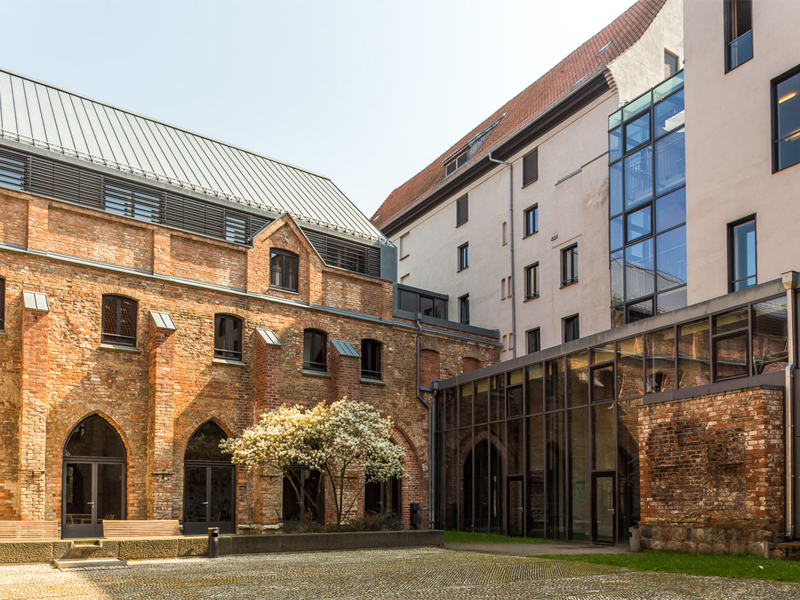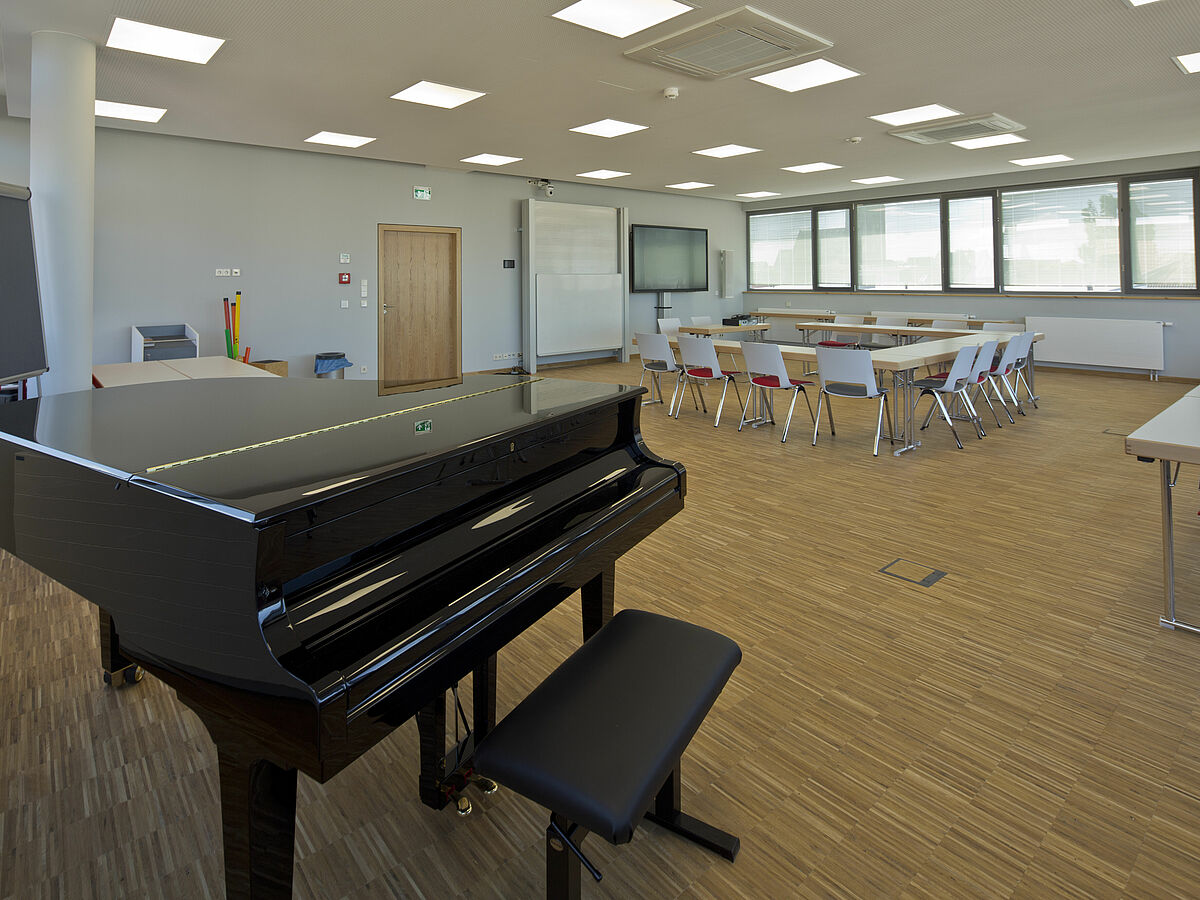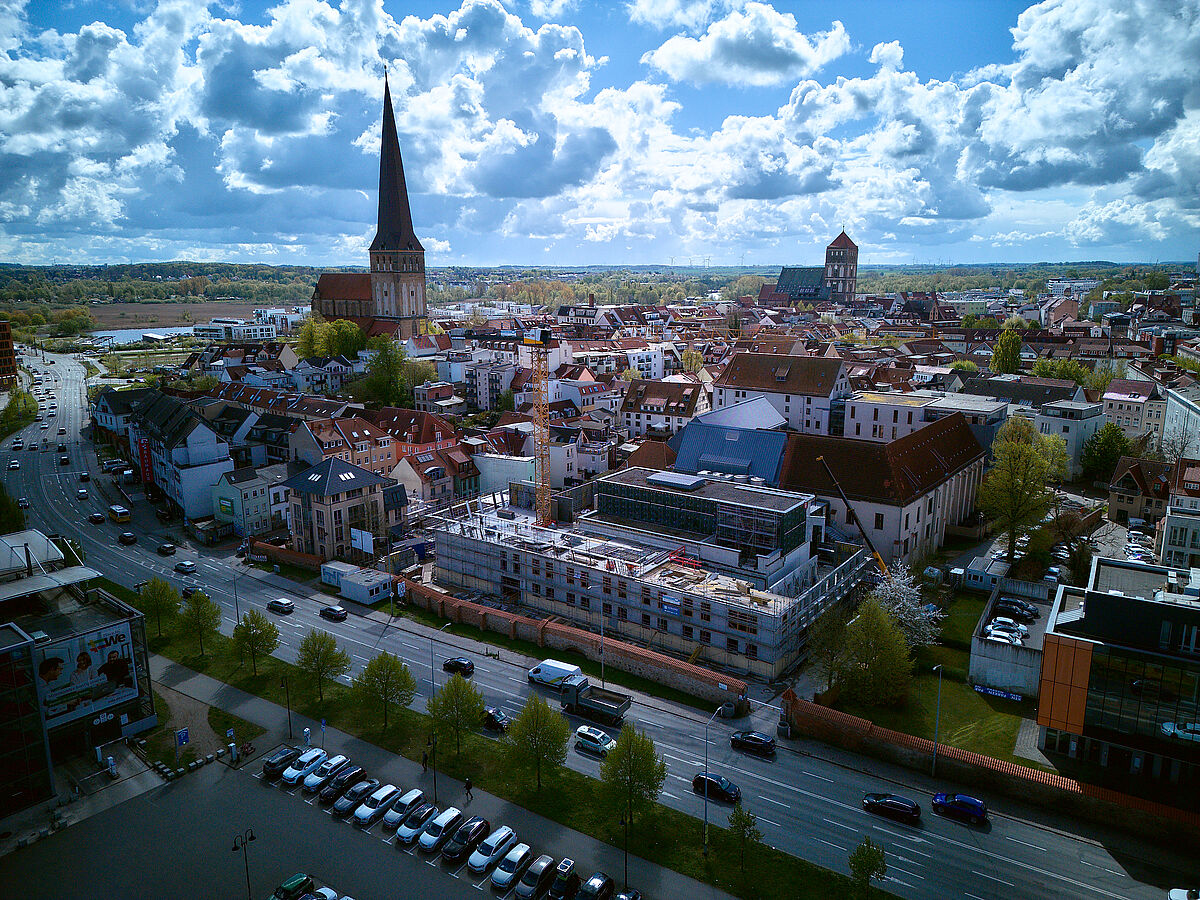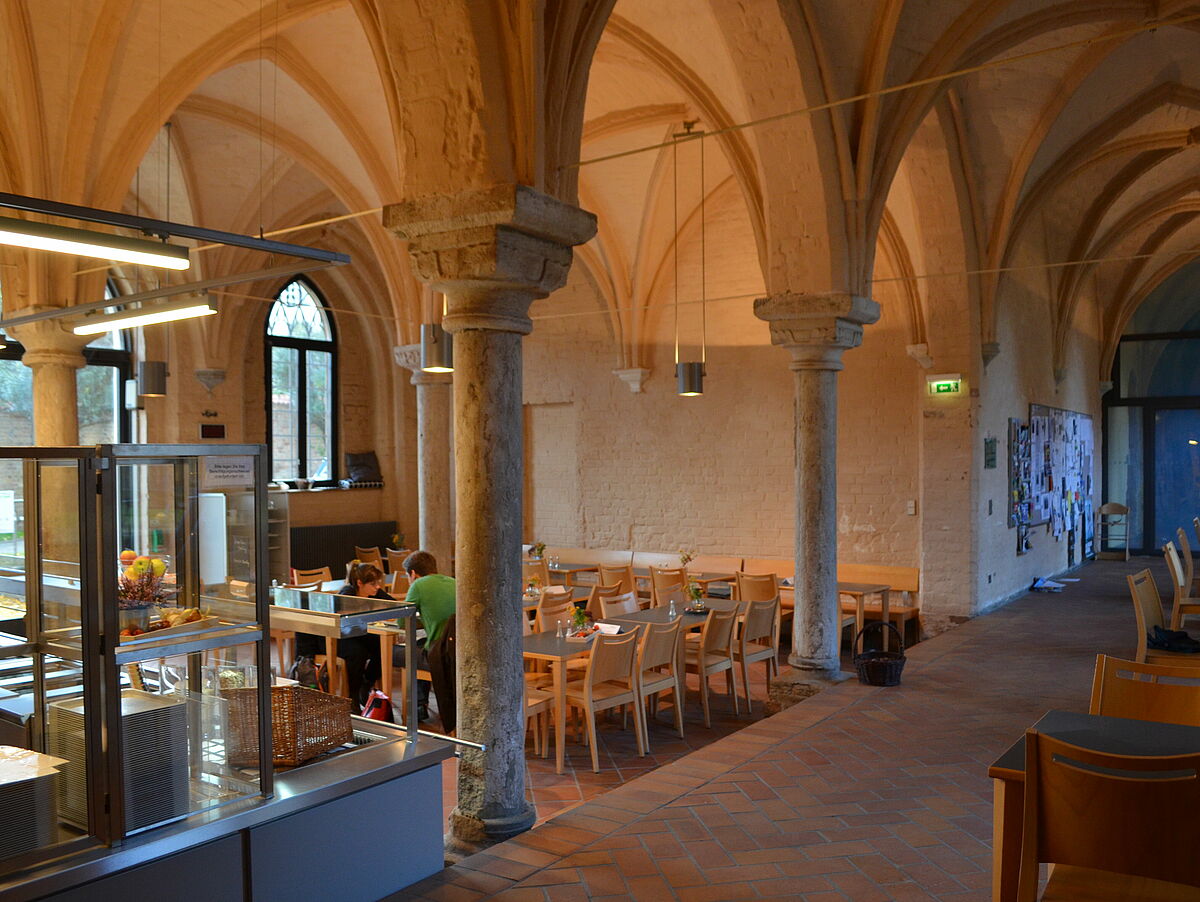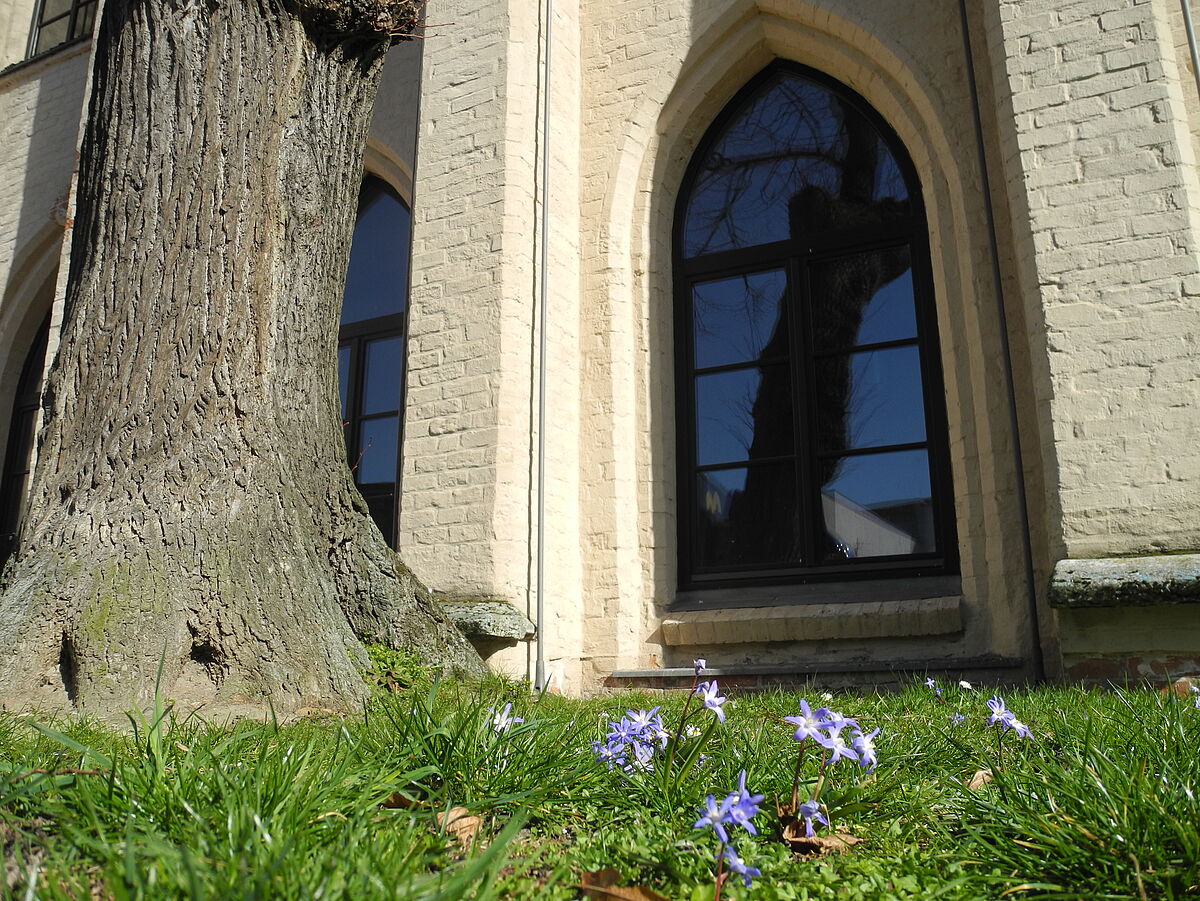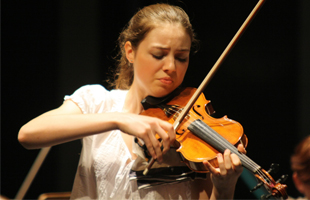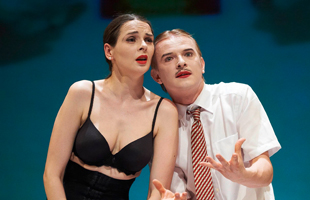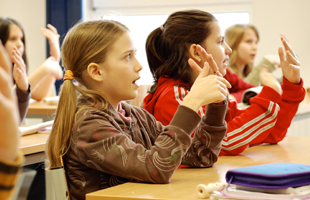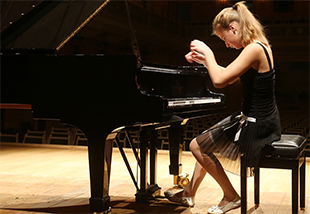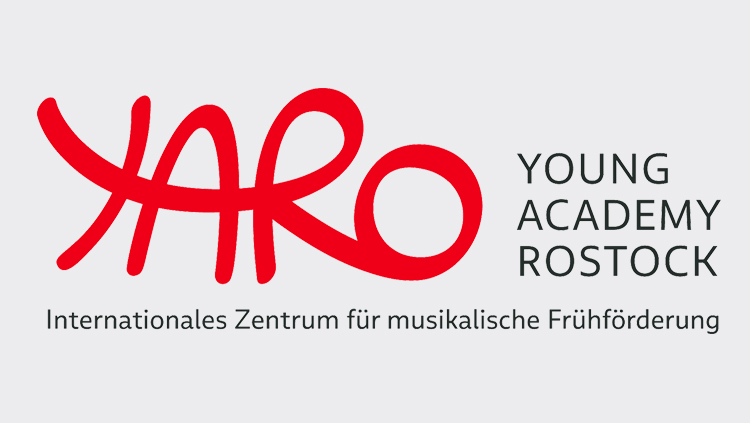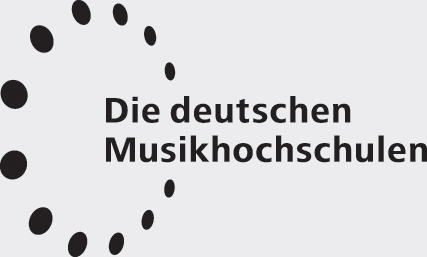The Katharinenstift
The history of the Katharinenstift
“Most powerful, all high, all good Lord, all praise is yours, all glory, all honour and all blessing.”
Francis of Assisi
Fragments of the text of St. Francis of Assisi’s “Canticle of the Sun” are inscribed on the glass front between the garth and the library in the St. Katharinenstift. The Franciscans began building this monastery in 1223. The monks disappeared during the Reformation, and the Katharinenstift was turned into a poorhouse.
The church was almost completely destroyed in the great city fire of 1677; only the choir and a few ruins of the wall of the central nave remained. In later years, the building was successively used as an orphanage, school, penitentiary, hospital, lunatic asylum and finally as a senior citizen’s home until 1990.
In 1995, the decision was finally made to convert the former Katharinenstift into a college. A call for bids from throughout Europe led to architects Braun & Voigt in Frankfurt/Main being awarded the commission. Over a construction period of 3 years, the old structures were renovated and new building complexes added. The basic principle of architects Braun & Voigt was to avoid mixing new and old. The new buildings are therefore clearly separate from the historical old structures and enter into an exciting dialogue with them. Emphasis was placed on transparency and views. Thanks to this concept, the present-day college with its spacious cloisters, chapter house and refectory create a working atmosphere which is unique among Germany’s academic buildings.
The Katharinenstift was declared ready for occupation in April 2001, and exudes a distinctive atmosphere for students and teachers alike. The garth was reconstructed to accommodate open-air events. A large opera and concert hall was constructed on the north side of the monastery building. The former refectory now serves as the organ room. The spacious Gothic dormitory is used as a chamber music room. Two fully-equipped drama studios provide space for rehearsals and performances. The library with its recessed balcony and numerous workplaces in the vault of the former confessional is ideal for concentrated, intensive scientific work.
The hmt belongs to one of the few colleges of music and drama in Germany to have a fully-equipped stage with retractable orchestra podiums, manual and machine-operated counter hoists, complete lighting technology and digitalised sound studios. The conversion of the Katharinenstift was a stroke of luck for Rostock’s old town, and as the home of the hmt, it is our pride and joy.
Join us on a tour of the Katharinenstift!
360-Degree Tour of the Rostock University of Music and Drama
Student Henning Schiever shows you our building from a student's point of view: 360°-Tour
Tour of the Rostock University of Music and Drama
Moments of happiness
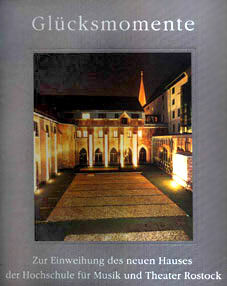
Founded early in 1994, Rostock University of Music and Drama has acquired an excellent reputation in just a few years. The college’s move into the building still known as the Katharinenstift in April 2001 heralded the opening of another cultural centre for the Hanseatic university city of Rostock. The extension and conversion of the former monastery, first mentioned in about 1259, which was largely financed by municipal and state funds, is indeed a “prime example of the careful, equally valuable complementation of historical architecture. Anyone who decides to study at this college in future will know that he will receive specialist training of the highest quality in surroundings, the atmosphere and charisma of which alone will inspire them to flights of creativity.” (Dr. Harald Ringstorff)
This book describes all this in words and images: the authors, e.g. Dieter Schröder, Karl-Heinz Will, Karlheinz Adler, Gert von Bülow, Petru Munteanu, Peter Manfred Wolf, Elke Pahn, Peter Heidrich and Elisabeth Schnitzler – college teachers, architects, historians and sensitive journalists – look back to the past and forwards to the future. They actively express their hopes, wishes and certainties for a future which they want to help create: sensitively linking tradition and modernity.
Glücksmomente, Wilfrid Jochims (Hrsg.), Rostock: Konrad Reich Verlag 2001, ISBN 3-86167-113-1. This book can be purchased at the hmt Rostock for 15 Euro.

